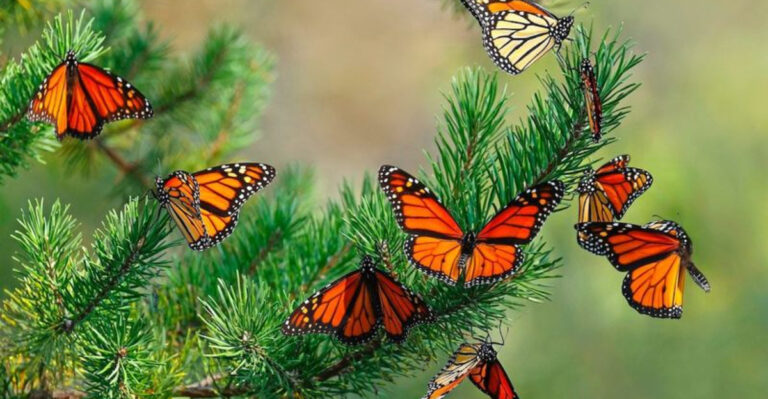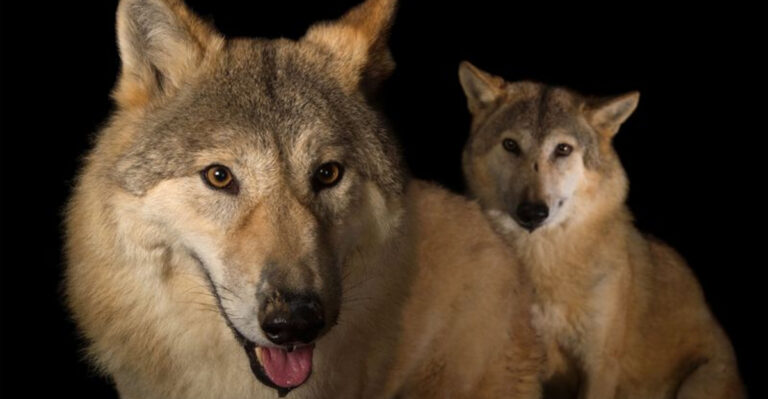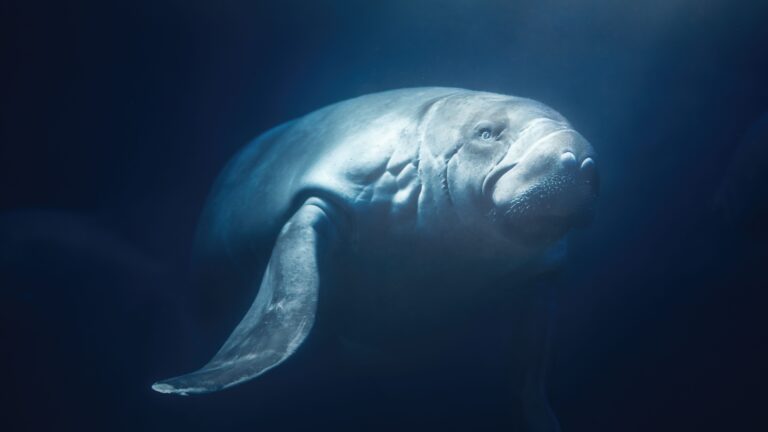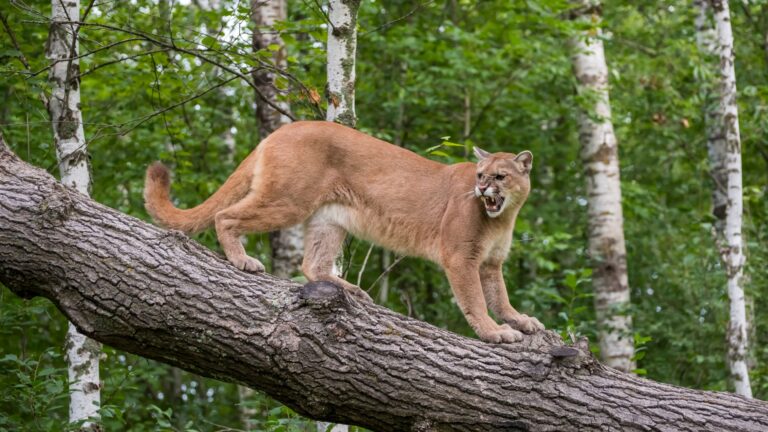23 Magnificent Horses That People Hesitate To Adopt (And Why They Deserve A Second Chance)
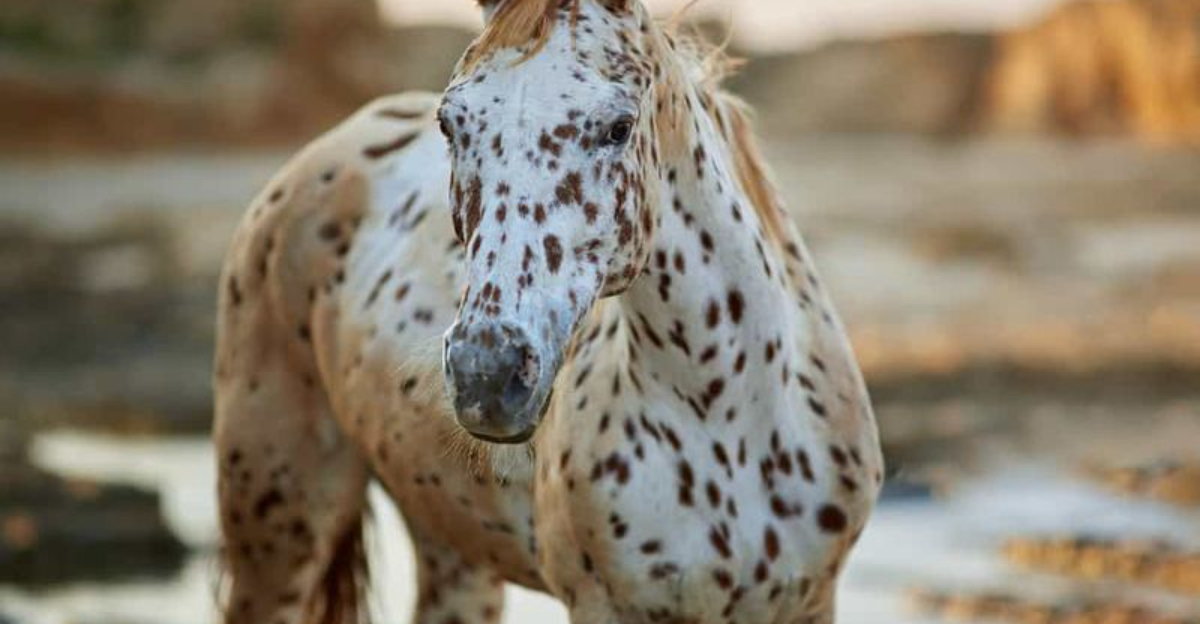
Ever noticed how some horses wait much longer for their forever homes? Behind those hopeful eyes are incredible animals with so much love to give.
Many potential adopters pass them by due to age, appearance, or past trauma, missing out on the amazing bond these special equines offer. Let’s meet 23 magnificent horses who deserve a second chance at happiness.
1. Senior Thoroughbreds
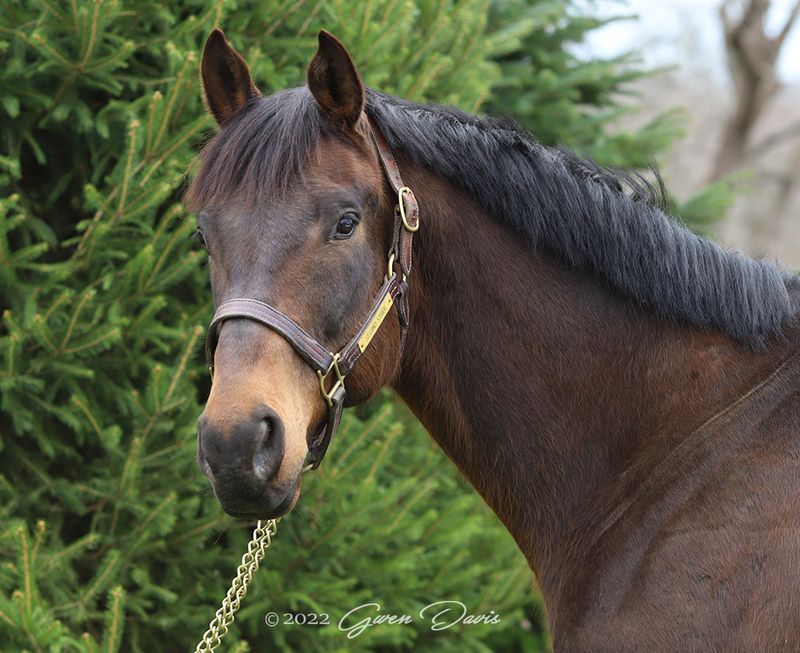
Racing careers end quickly, leaving many thoroughbreds homeless by age 10. Despite their ‘retirement,’ these horses often have 15+ healthy years ahead and bring a wealth of training and experience.
Their calm demeanor makes them excellent teachers for novice riders. Plus, they’ve seen it all, so they’re less likely to spook at everyday objects that might terrify younger horses.
2. One-Eyed Wonders
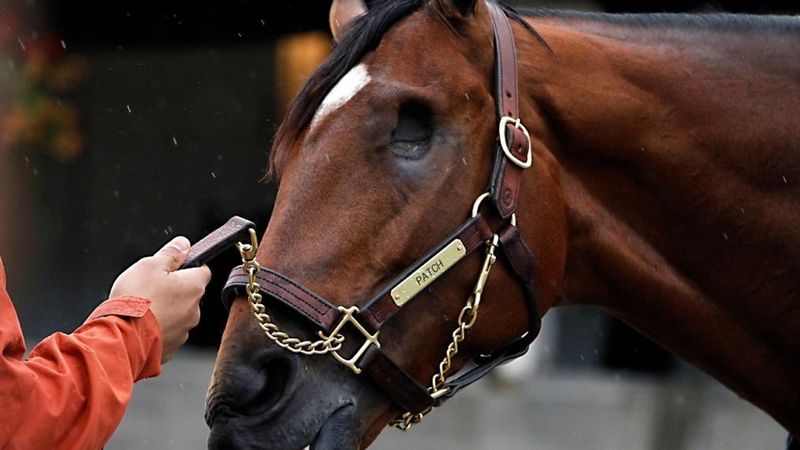
Missing an eye doesn’t slow these horses down! After adjusting to their vision loss, one-eyed horses function amazingly well and often become particularly attentive to their handlers.
Most adapt completely within months, developing stronger bonds with their humans. Their determination to overcome challenges often translates into an exceptionally willing attitude under saddle and a heart-warming resilience that inspires everyone around them.
3. Draft Horse Crosses
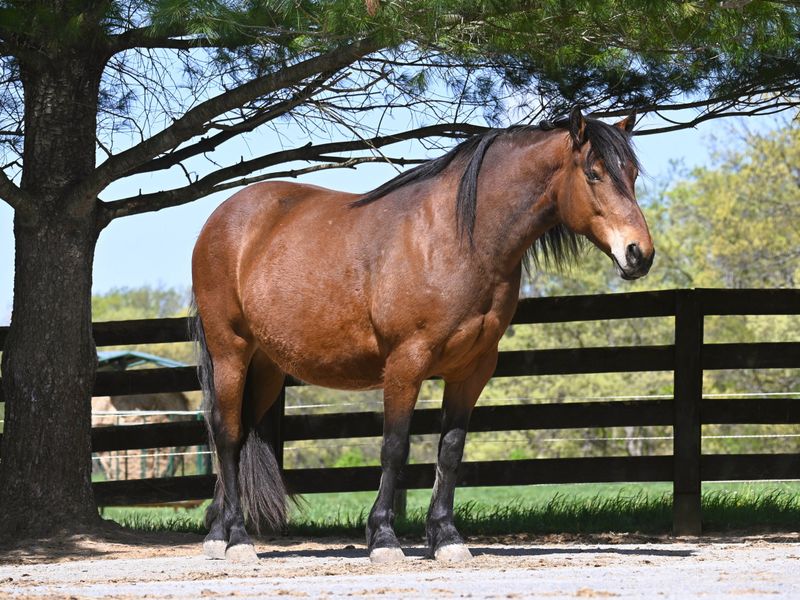
Gentle giants with hearts to match! Draft crosses combine the strength of workhorses with the versatility of lighter breeds. Many potential adopters shy away, worried about their size or feed costs.
What most don’t realize is these horses often have lower energy requirements than high-strung breeds. Their typically level-headed nature makes them fantastic family horses, handling pressure situations with remarkable steadiness that smaller, more reactive horses can’t match.
4. Mustangs Over 10
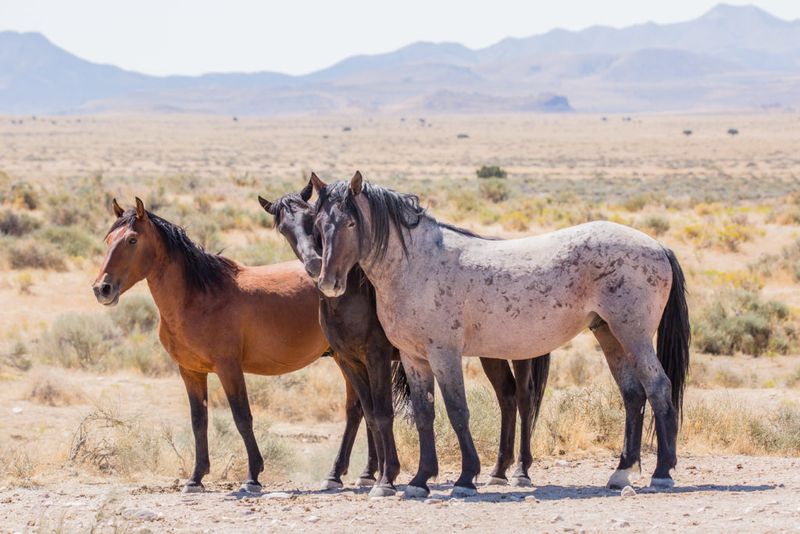
Wild-born but now domesticated, older mustangs carry wisdom from their free-roaming days. Many adopters exclusively want young mustangs, overlooking these incredible survivors.
Mature mustangs who’ve adjusted to human contact often become the most loyal partners. Their natural intelligence, honed by years of survival, helps them learn new skills surprisingly quickly. The bond with a horse who’s known true freedom is uniquely rewarding.
5. Horses With Heaves
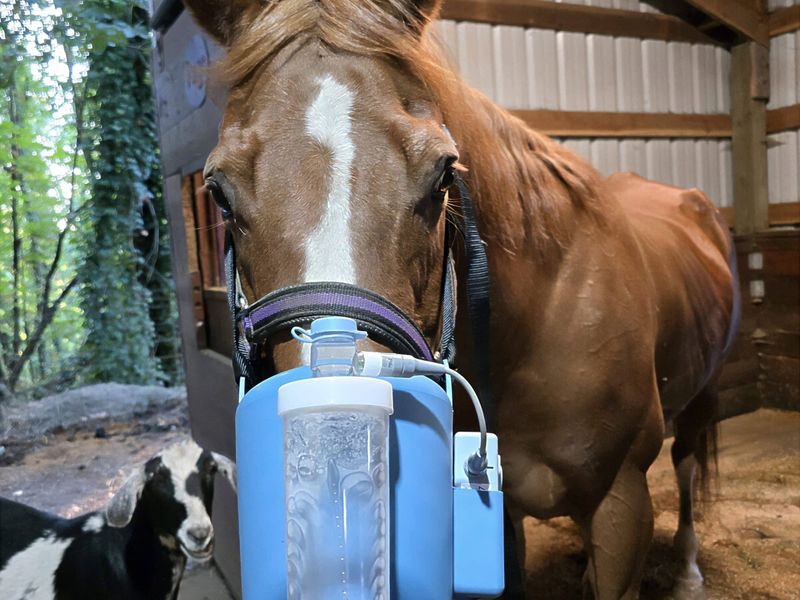
Equine asthma (heaves) sounds scarier than it often is. With proper management—dust-free environments and sometimes medication—these horses live comfortable, active lives.
Many heaves-affected horses excel in light to moderate work and form incredibly appreciative bonds with the humans who accommodate their needs. Their condition often stabilizes with consistent care, and the small adjustments to their lifestyle are far outweighed by their gratitude and willingness to please.
6. Navicular Syndrome Sufferers
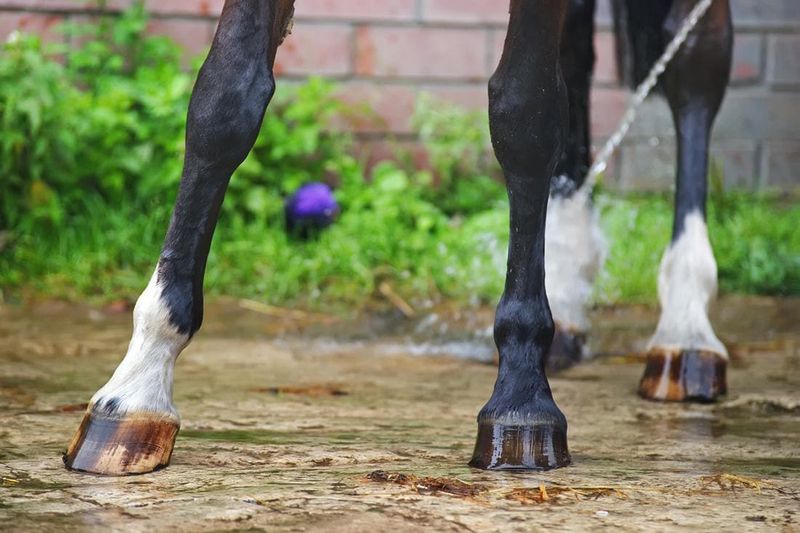
Foot pain doesn’t mean the end of a riding career! Modern treatments and specialized shoeing have revolutionized outcomes for horses with navicular syndrome.
Many affected horses thrive with proper care and can enjoy trails, light riding, or even specific disciplines that don’t stress their condition. Their gratitude for pain management often creates an unbreakable bond with their caretakers, and they’ll work their hearts out once comfortable.
7. Former Lesson Horses
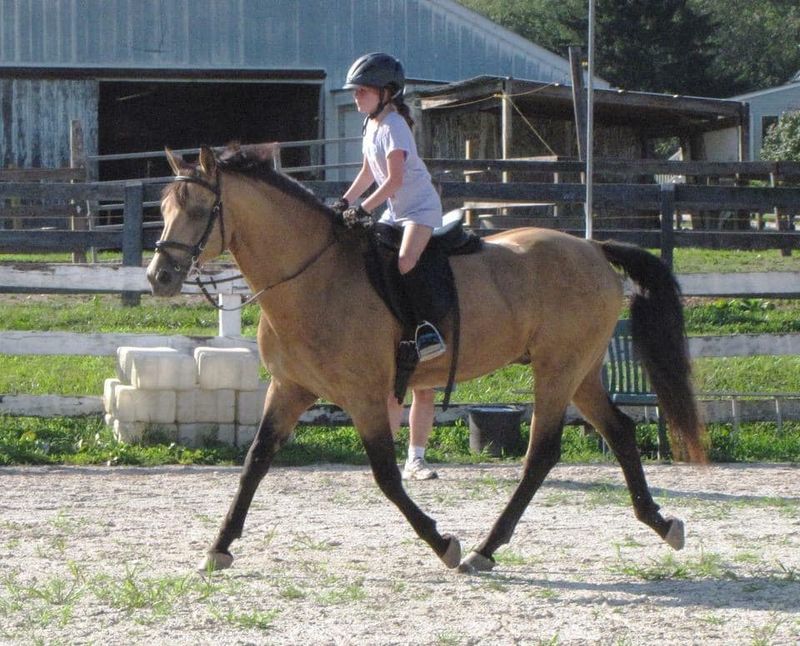
Years of carrying beginners leaves these horses with invaluable patience and understanding. Riding schools often retire them when they need lighter work, making them perfect for amateur owners.
They’ve literally seen and done it all—from flapping raincoats to bouncy children. This experience translates into unflappable trail partners who keep their cool in situations that would unnerve less experienced horses. Plus, they’re usually impeccably trained with crystal-clear cues.
8. Horses With Scars
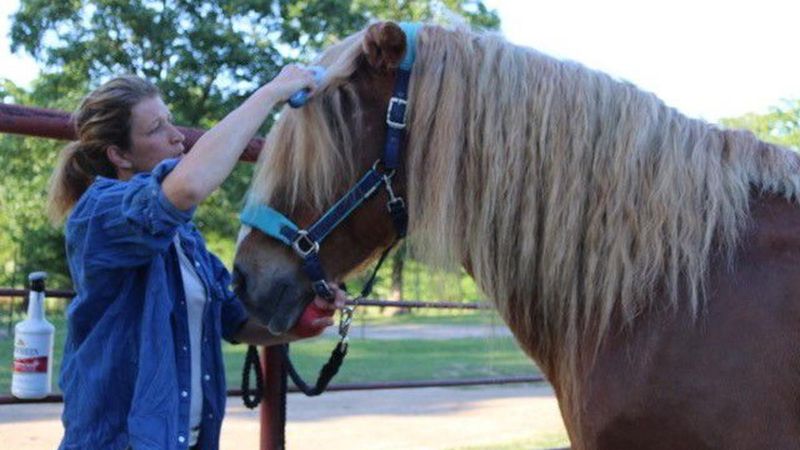
Battle scars tell stories of survival. Whether from accidents, neglect, or harsh equipment, these horses carry visible reminders of their past while their spirits remain unbroken.
Far from being merely cosmetic issues, these marks often represent incredible journeys of healing and forgiveness. The trust these horses place in humans after previous mistreatment demonstrates extraordinary emotional resilience. Their capacity for moving forward inspires everyone who meets them.
9. Non-Rideable Companions
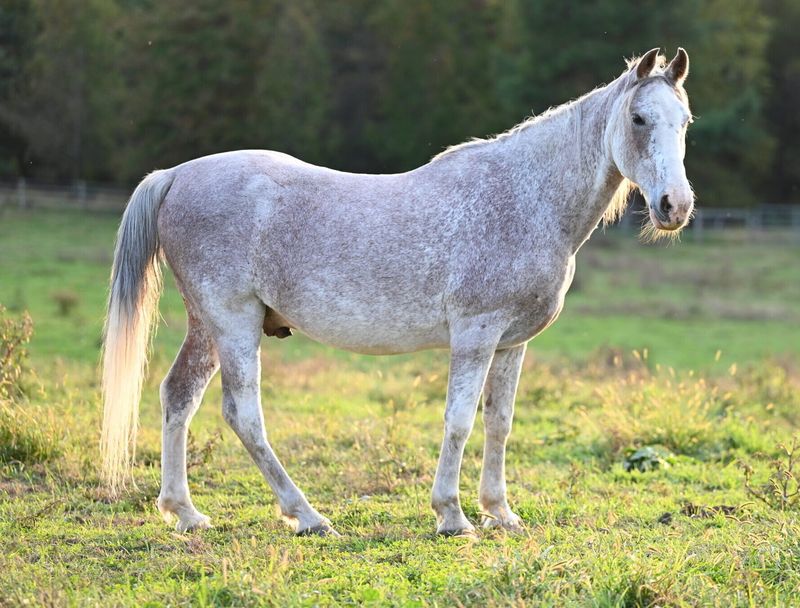
Some horses can’t be ridden due to physical limitations but make extraordinary friends and mentors for other equines. These pasture pals often become the emotional centers of their herds.
They excel at teaching manners to youngsters and providing stability for anxious horses. Many have developed heightened communication skills with humans, becoming intuitive therapy partners. Their worth goes far beyond saddle time, offering a pure horse-human connection unfiltered by performance expectations.
10. Auction-Rescued Drafts
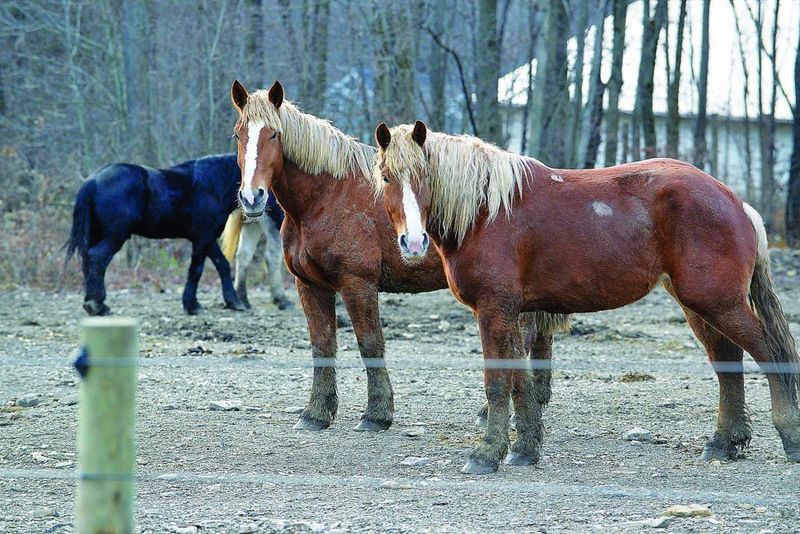
Former work horses often end up at auctions when farms modernize. These gentle giants—Percherons, Belgians, Clydesdales—have incredible work ethics and trainability that transfer beautifully to recreational riding.
Despite their imposing size, they’re typically the most gentle souls in the barn. Their patient, methodical approach to learning makes them surprisingly suitable for careful beginners. Many develop special bonds with children, seeming to understand their need for extra gentleness.
11. Horses With Metabolic Issues
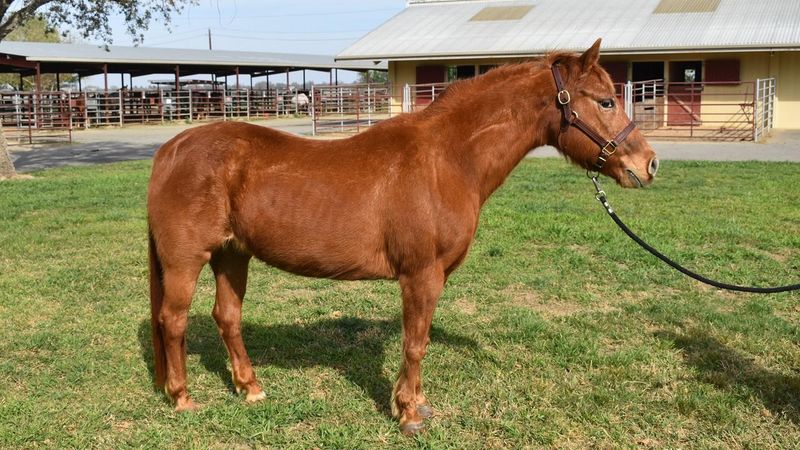
Equine metabolic syndrome and Cushing’s disease sound intimidating but are manageable with proper diet and sometimes medication. These horses often live long, comfortable lives with attentive care.
Many excel at light riding and driving while forming deep bonds with their caregivers. The special attention required creates a unique partnership. Their typically mellow temperaments make them wonderful companions for riders seeking a reliable, steady mount rather than a high-energy performance horse.
12. Previously Starved Rescues
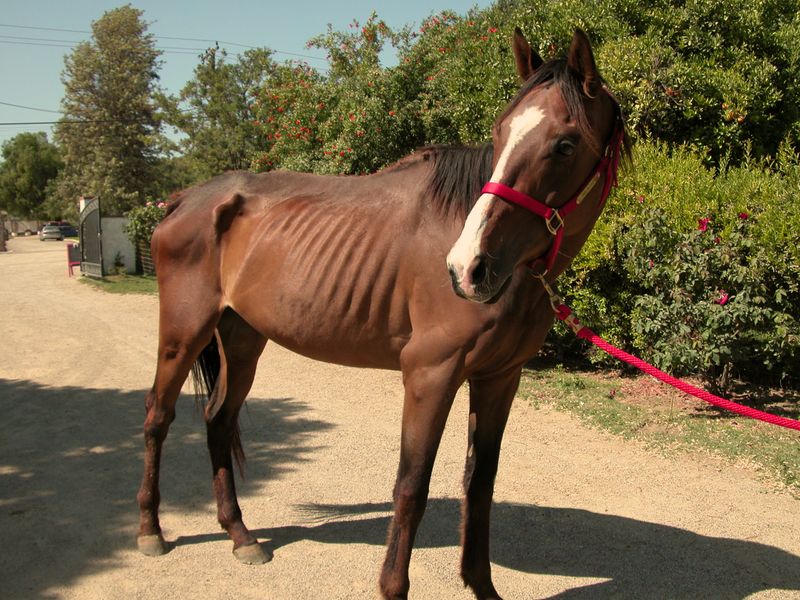
Horses who have survived severe neglect often become the most appreciative partners once rehabilitated. Their transformation from skin-and-bones to healthy athletes is nothing short of miraculous.
Many develop extraordinary food security issues that manifest as endearing quirks—like saving treats for later. The journey from starvation to health creates an unshakable bond with their rescuers. Their before-and-after photos serve as powerful reminders of resilience and the importance of second chances.
13. Blind Or Visually Impaired Equines
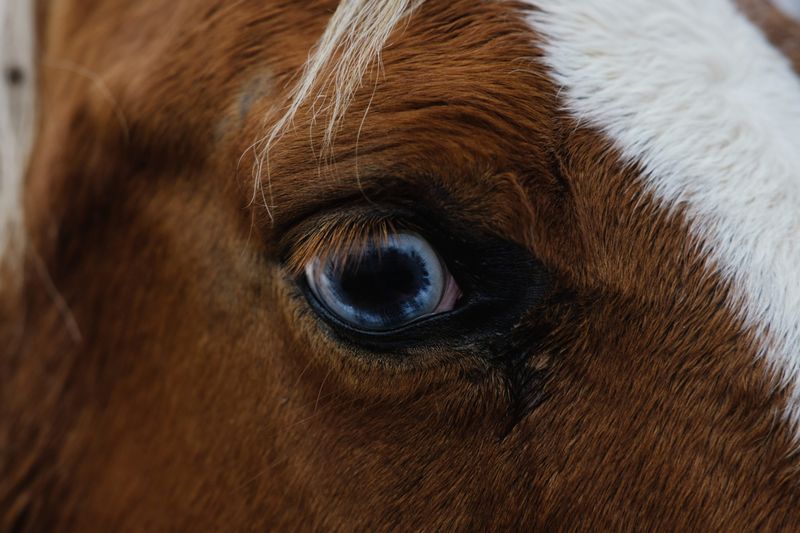
Contrary to what many believe, blind horses adapt amazingly well to their surroundings. They map their environments mentally and rely on their other heightened senses to navigate with surprising confidence.
Many blind horses can even be ridden safely in controlled environments. Their trust in their handlers develops to extraordinary levels, creating a unique partnership built on clear communication and mutual respect. Their other senses—particularly hearing and touch—become remarkably acute.
14. Former Racehorses With Injuries
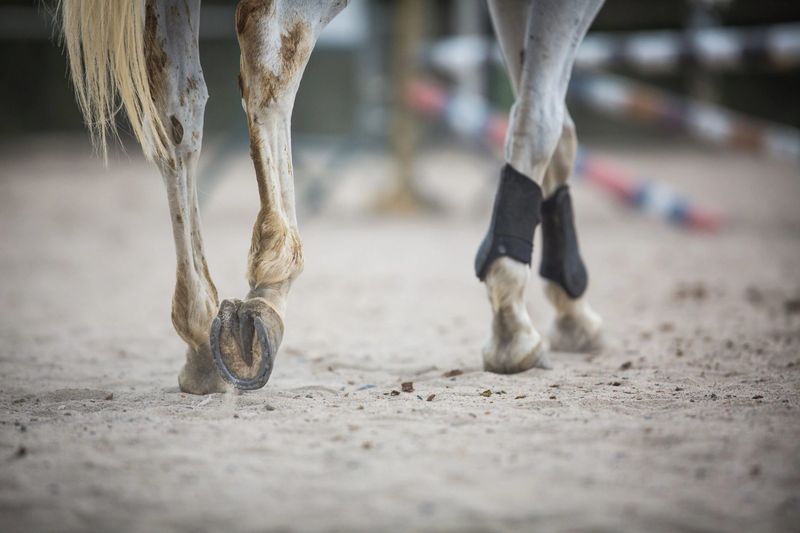
Racing careers often end with injuries that heal but preclude future racing. Many ex-racehorses with old bowed tendons or chip fractures make excellent pleasure or light competition horses.
Their athletic ability and professional training provide a fantastic foundation for new careers. With appropriate conditioning and management, these horses often thrive in less demanding disciplines. Their intelligence and work ethic, developed on the track, transfer beautifully to new challenges.
15. Horses With Breathing Noise

Roaring (laryngeal hemiplegia) causes a distinctive noise during exercise but doesn’t always limit activity. Many affected horses enjoy successful careers in disciplines that don’t require peak respiratory performance.
While the sound can be alarming to those unfamiliar with the condition, these horses typically aren’t in pain. They simply need understanding handlers who monitor their exertion levels. Many excel at slower-paced activities like western pleasure, trail riding, or even dressage.
16. Cryptorchid Geldings
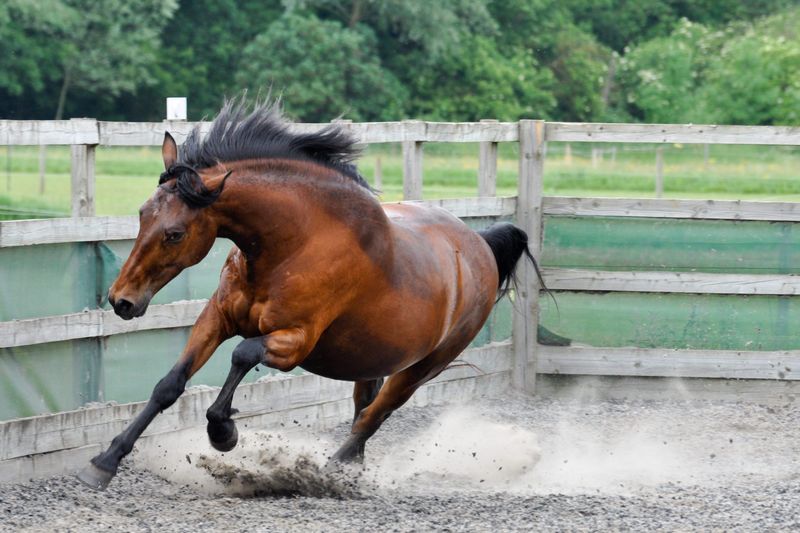
When one testicle remains undescended during gelding, horses may retain some stallion-like behaviors despite being functionally gelded. These quirky boys are often overlooked but make wonderful partners with proper handling.
Many develop distinctive personalities—confident and spirited without true stallion aggression. Their extra energy and presence can be channeled positively for performance work. The bond with a handler who understands their unique needs creates a particularly rewarding partnership.
17. Horses With Freeze Brands
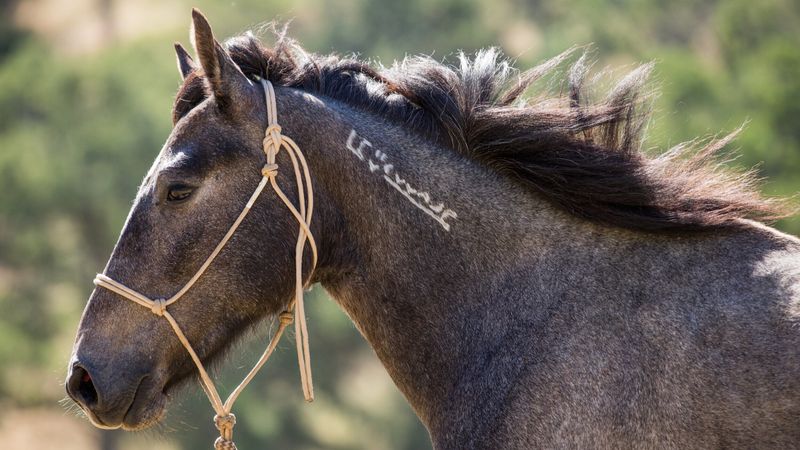
Distinctive white markings from freeze branding—whether from previous racing careers, BLM identification, or rescue organizations—often make adopters hesitate. These permanent ID marks tell fascinating stories about a horse’s past.
Far from being flaws, these brands represent chapters in a horse’s journey. Many freeze-branded horses come with detailed documentation of their origins and training. Their distinctive markings make them conversation starters and ambassadors for horse rescue awareness.
18. Horses With Conformational Flaws
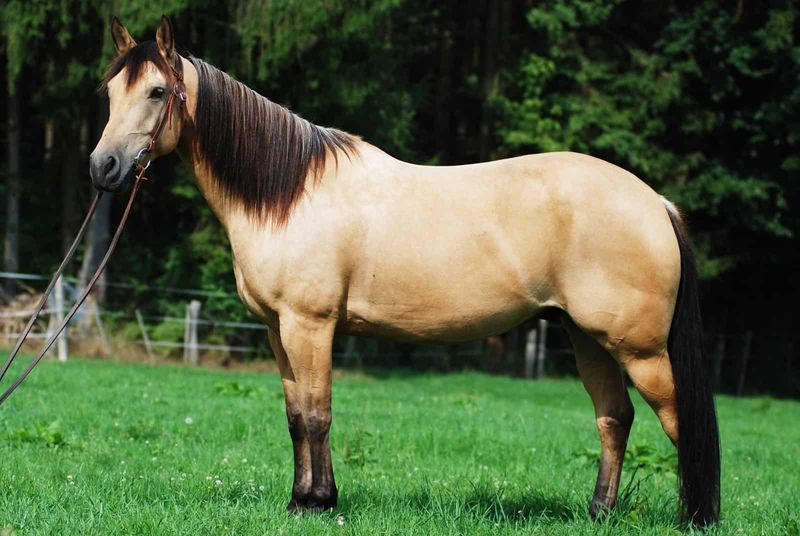
Perfect conformation isn’t everything! Horses with minor flaws like slight sickle hocks, long backs, or toe-out stances often live comfortable, active lives while being passed over by adopters seeking perfection.
Many famous competition horses had conformational quirks that didn’t limit their success. These horses often compensate for their physical differences with heart and try. Their willingness to work despite not being built perfectly makes them particularly endearing partners.
19. Foundered Survivors
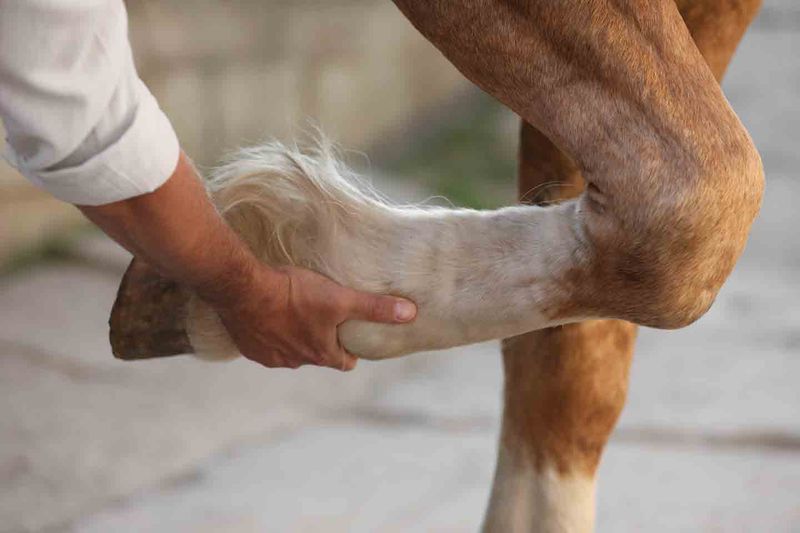
Horses who’ve survived laminitis (founder) can often return to comfortable lives with proper hoof care. Modern therapeutic farriery works wonders for these resilient equines.
Many go on to enjoy light riding or driving careers with specialized shoeing or barefoot trimming. Their management teaches owners valuable nutrition and hoof health lessons. The special care creates deep bonds between horse and human, with many owners reporting these horses show extraordinary gratitude.
20. Horses With Unusual Markings
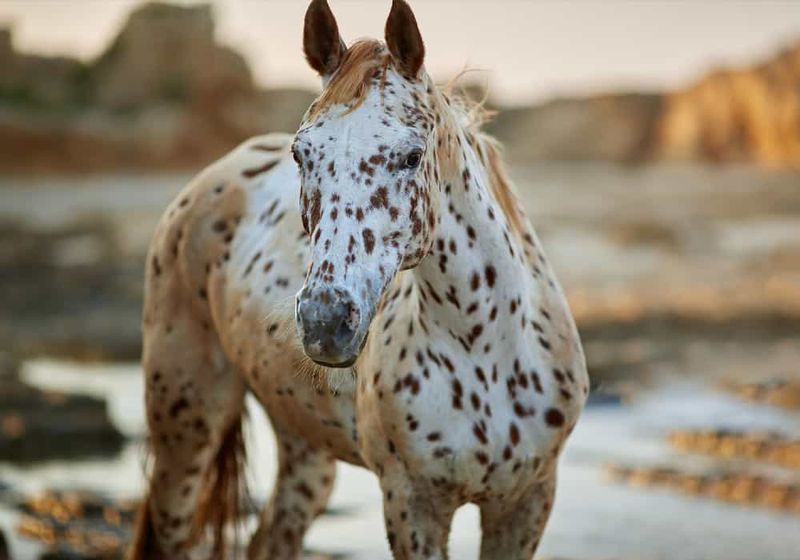
Excessive white markings, large facial blazes, or unusual spots sometimes make horses less desirable to traditional adopters. These distinctive looks have zero impact on their abilities or temperaments!
Many cultures once considered unusual markings to be signs of special horses. Their unique appearance makes them instantly recognizable and often beloved barn favorites. These horses challenge our beauty standards while demonstrating that exceptional partners come in all patterns.
21. Horses Who Crib Or Weave
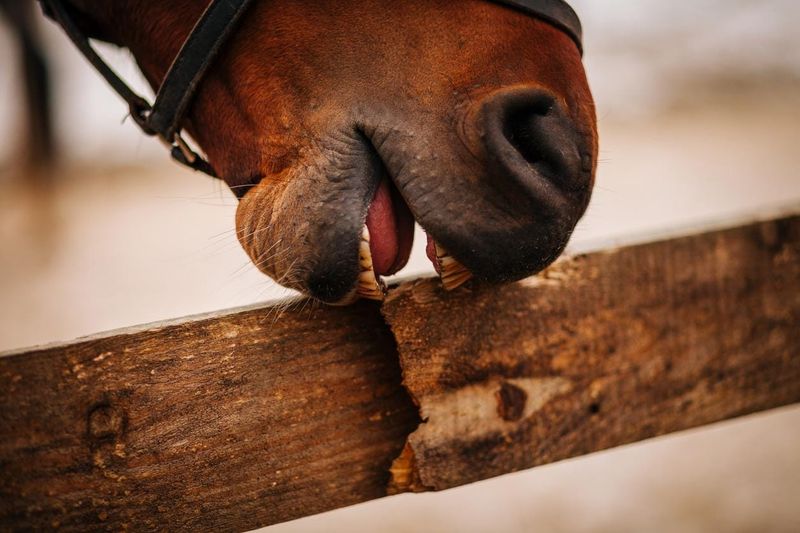
Stereotypic behaviors like cribbing, weaving, or stall walking develop from stress but don’t define a horse’s worth. With proper management and enrichment, these behaviors often diminish.
Many horses with these habits excel in performance careers when given appropriate turnout and mental stimulation. Their sensitivity often translates to exceptional responsiveness under saddle. Understanding these behaviors as stress indicators rather than vices helps create supportive environments where these horses can thrive.
22. Hard-to-Catch Horses

Running away at halter time doesn’t mean a horse is bad—just that past experiences taught them to be wary. With patient, consistent handling, most transform completely.
The journey from evasive to eager creates an incredibly rewarding relationship. Many formerly hard-to-catch horses become the most attentive partners once they learn to trust. Their transformation serves as a powerful reminder that behavior is communication, not character.
23. Horses With Unknown Histories

Mystery surrounds horses with no documented past. Auction rescues or strays often come without health records or training information, scaring away potential adopters who fear hidden problems.
These blank-slate horses often surprise everyone with their adaptability and hidden talents. The process of discovery—uncovering their preferences, abilities, and personality—creates a unique bonding experience. Many develop into exceptional partners precisely because they’re shaped primarily by their current relationship, not past baggage.


